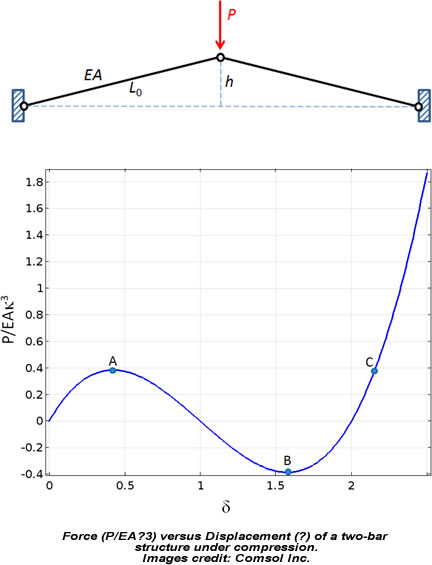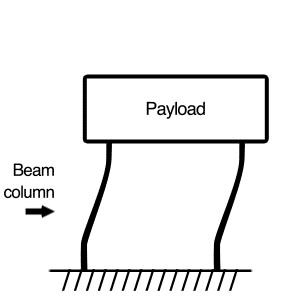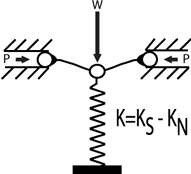
Motion Control Tips - May 2019
What are negative-stiffness vibration isolators?
MAY 30, 2019 BY DANIELLE COLLINS
Protecting sensitive equipment from harmful vibrations can be done with either passive or active isolation systems, with the choice often being made on price, simplicity, and the level of protection required. Although passive systems are typically simpler and lower cost, most passive designs can’t protect against the low-frequency vibrations caused by structural resonances. And active systems use actuators and sensors — which require external power — to counter vibrations, meaning they’re more expensive, more complex, and more prone to failures.
But one type of passive system, known as a negative-stiffness vibration isolator, can protect even the most sensitive equipment used in nanotechnology, microscopy, optical, and semiconductor applications from a wide range of vibration frequencies, including the very low-vibration disturbances caused by building structures, nearby traffic, and other ambient sources.
Negative-stiffness vibration isolators are classified as passive systems because they are purely mechanical, using a combination of springs and beam-columns to provide isolation from both vertical and horizontal motions caused by vibrations.

Notice that between points A and B, displacement is increasing while force is decreasing. Thus, the structure’s stiffness is negative in that region.
Negative-stiffness vibration isolators consist of a horizontal isolator and a vertical isolator connected in series. To counter motions that involve rotation (pitch and roll), a tilt motion pad can also be connected in series with the horizontal and vertical isolators.
The horizontal isolator consists of two fixed-free vertical beams (columns) supporting a weight. The weight imparts both eccentric (off-axis) axial compressive load and a transverse bending load. This phenomenon is referred to as the “beam-column effect” and causes the lateral bending stiffness of the beams to decrease. In effect, the isolator is acting as a horizontal spring with a negative-stiffness mechanism.

The horizontal isolator is designed to take advantage of the beam-column
effect, allowing it to act like a negative-stiffness mechanism.
Image credit: Minus K Technology
Vertical motion is addressed using two horizontal flexures loaded in compression, which form a negative-stiffness mechanism. The flexures are supported at their outer ends and connected to a stiff spring at their inner ends. The stiffness of the isolator is determined by the design of the flexures and by their compressive load.

Two flexures, fixed at their outer ends and connected to a spring
at their inner ends, form a negative-stiffness mechanism that
isolates equipment from vertical motion due to vibrations.
Image credit: Minus K Technology
The performance of an isolator is quantified by its transmissibility, which is a measure of how much vibration is transmitted through the isolator to the equipment compared to the amount of input vibration. (The inverse of transmissibility is isolation efficiency.) Negative-stiffness vibration isolators exhibit much better transmissibility than that of other passive systems, such as air-based isolation methods, and their transmissibility even exceeds that of most active isolation methods.
Negative-stiffness vibration isolators are typically chosen for their effectiveness at very low frequencies, but they offer other benefits as well. Because they’re based on flexures and springs, they don’t exhibit wear, and they can be made from a variety of metals for harsh or challenging environments, such as cleanrooms and vacuum chambers. And unlike other passive vibration isolators, negative-stiffness designs don’t generate heat, which can have detrimental effects for sensitive equipment and environments.